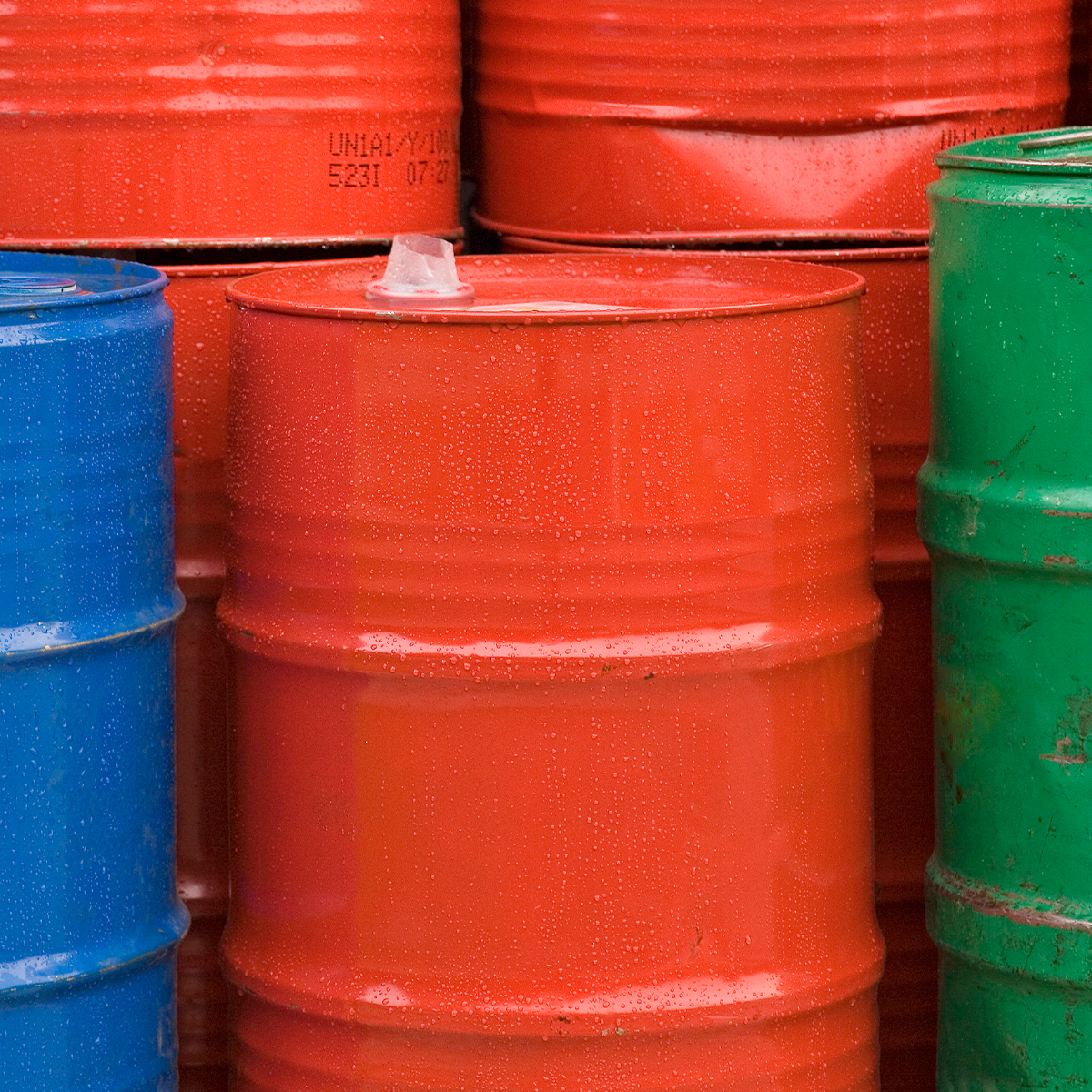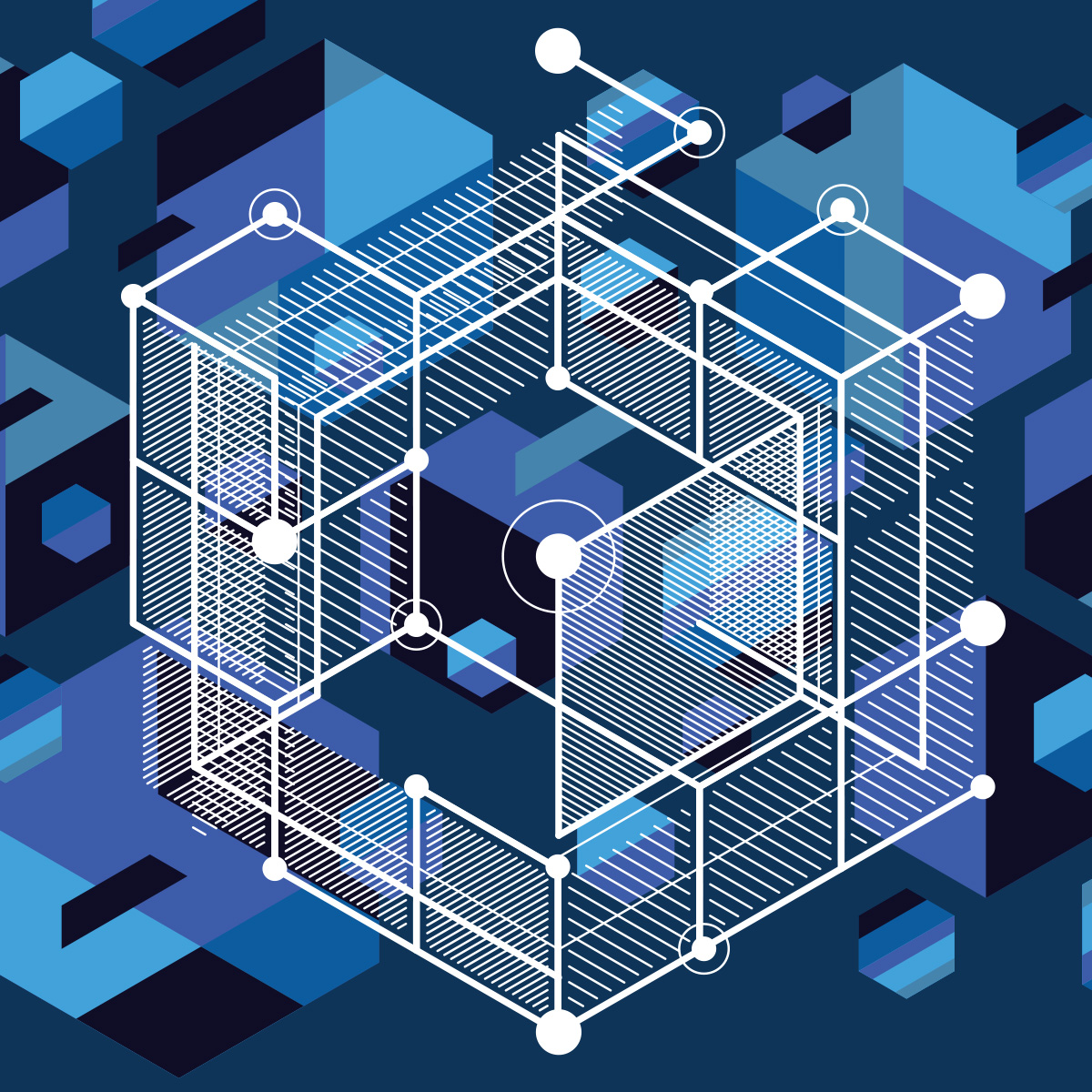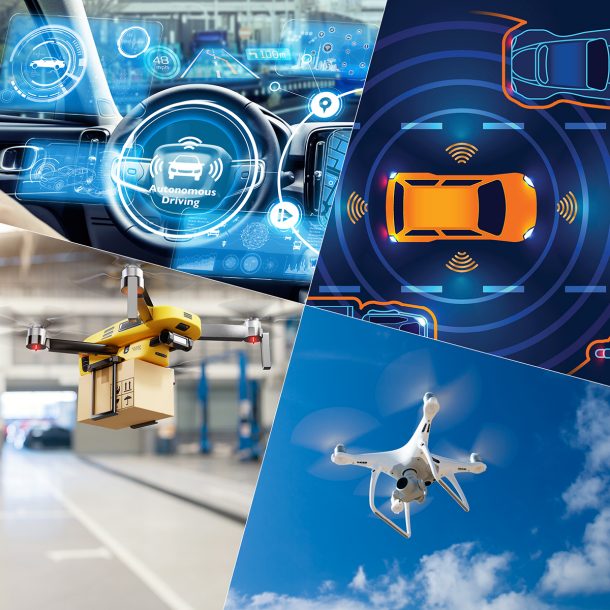-
Property & Casualty
Property & Casualty Overview

Property & Casualty
We offer a full range of reinsurance products and the expertise of our talented reinsurance team.
Expertise
Publication
PFAS Regulation and Development at the European Level with Focus on Germany and France
Publication
The CrowdStrike Incident – A Wake-Up Call for Insurers?
Publication
Decision-Making in the Age of Generative Artificial Intelligence
Publication
Buildings Made of Wood – A Challenge For Insurers?
Publication
Cat Bonds – A Threat to Traditional Reinsurance? -
Life & Health
Life & Health Overview

Life & Health
Gen Re’s valuable insights and risk transfer solutions help clients improve their business results. With tailor-made reinsurance programs, clients can achieve their life & health risk management objectives.
UnderwritingTraining & Education
Publication
Fasting – A Tradition Across Civilizations
Publication
When Actuaries Meet Claims Managers – Data-Driven Disability Claims Review Business School
Business School
Publication
Chronic Pain and the Role of Insurers – A Multifactorial Perspective on Causes, Therapies and Prognosis
Publication
Simplicity, Interpretability, and Effective Variable Selection with LASSO Regression Moving The Dial On Mental Health
Moving The Dial On Mental Health -
Knowledge Center
Knowledge Center Overview

Knowledge Center
Our global experts share their insights on insurance industry topics.
Trending Topics -
About Us
About Us OverviewCorporate Information

Meet Gen Re
Gen Re delivers reinsurance solutions to the Life & Health and Property & Casualty insurance industries.
- Careers Careers
Autonomous Vehicles, Drones, and Our Future – The Exciting and Occasionally Bumpy Road Ahead

July 27, 2022
Timothy Fletcher
Region: North America
English
It’s been said that the COVID‑19 pandemic will be looked upon not necessarily as initiating broad and long-lasting societal change but, rather, accelerating workplace and technological developments sooner than originally thought. For example, there’s no doubt hybrid work models and technology-enabled virtual meetings would have appeared eventually, but pandemic-inspired lockdowns and social restrictions expedited their adoption. A similar analogy can be made to the sweeping technological change on the horizon, catalyzed by COVID and fueled by ever-present desire to promote efficiency in a labor-scarce future. This piece takes a look at two such areas: autonomous vehicles and drones.
Autonomous Vehicles – Coming (but not as fast and not in the same form as once thought)
Mid‑decade, it appeared that the era of self-driving cars was dawning, with one industry leader forecasting that car ownership would “all but end” by 2025, replaced by a model in which users purchased self-driving car services on a monthly basis in a manner similar to how consumers use the media streaming service Netflix.1 Subsequent events – most notably the tragic 2018 death of a Tempe, Arizona bicyclist as the result of being struck by a Lyft-developed self-driving car prototype – shattered those projections and caused a reassessment of the hurdles that need to be overcome before self-driving vehicles could become mainstream.
In their present guise, self-driving autos largely require ideal weather, geographically constrained areas, and on‑board safety drivers or remote monitors. But the largest issue remains development of artificial intelligence (AI) sufficient to keep up with human-level reasoning, and in some instances, unpredictable and illogical behavior. Duke University Professor Mary Cummings has created a four-level scale of AI sophistication, which applied to self-driving cars looks like this:2
Step One: |
Bottom-up Reasoning (Stay within Lane) |
Step Two: |
Rule-Based Reasoning (Stop Sign) |
Step Three: |
Knowledge-Based Reasoning (Tree Branch over Stop Sign) |
Step Four: |
Expert Reasoning (Dealing with Novel Situations) |
Steps one and two, above the dotted line, represent the current state, with the leap to steps three and four not likely to occur within the next few years. Like the tragic Arizona accident, an incident earlier this year in San Francisco exemplifies the challenges faced by the autonomous vehicle industry. In the early morning, a city fire truck responding to a fire attempted to pass a double-parked garbage truck by using the opposing lane. However, a driverless vehicle operated by GM’s subsidiary Cruise blocked its path. The logjam ended only after the garbage truck driver returned to move the vehicle.3
Regardless, development continues unabated. Google subsidiary Waymo operates an autonomous ride-hailing service in suburban Phoenix. Cruise is piloting a similar service in San Francisco. Ford has been testing technology in major cities in partnership Argo AI, with plans to invest $7 billion through 2025.4 Other major manufacturers also have comparable programs in place.
Billions of dollars are also flowing into the development of self-driving semis as a means to improve efficiency, improve safety, and, most importantly, address the crushing truck-driver shortage that is expected to reach 160,000 by 2030. Key players such as TuSimple, Plus, Embark Trucks Inc., and Aurora Innovation are racing to develop a “Level 4” semi (capable of performing all functions under certain conditions) which, in turn, would operate in a “platoon” fashion on dedicated lanes between large transportation hubs. Last mile delivery, at least in the near term, would be handled either by human-operated vehicles and/or drones (see below). One big advantage favoring self-driving semi development is that freeway conditions generally look the same from state to state, with limited entry and access points involving other vehicles.
TuSimple aims to have its autonomous commercial trucking service operational by the end of 2024, and Aurora states it will be launching self-driving rigs by the end of 2023.5 Estimates vary as to when full‑on implementation will become reality, with one commentator suggesting that significant progress will occur over the next decade.6
Coming into focus more clearly is the picture of AVs being used in controlled spaces. In well-mapped and geographically confined areas, the potential appears limitless. That’s because sensor-laden vehicles enable engineers to limit variables such as winter weather and unpredictability, to name two, that have previously hampered the use of AVs on public roads. To that end, we’re seeing growing numbers of low-speed shuttles operating in specifically constructed lanes. Other applications abound, most notably a fully autonomous tractor announced by John Deere in January. Set to be available in late 2022, the AV tractor employs artificial intelligence, machine learning, computer vision, advanced sensors and six stereo cameras. Industry observers suggest AV tractors will revolutionize farming in a way comparable to when the internal combustion-powered tractor replaced the horse-drawn plow.
Drones in the Sky – Coming in Waves
As 2022 dawned, the Federal Aviation Administration (FAA) reported that 865,505 drones were registered in the United States, including 314,689 registered commercially and 538,572, registered for recreational use.7 The FAA currently classifies drones generally as Unmanned Aerial Systems, or UAS, defined as the aircraft, the controller, and the link between the two.
The FAA further labels the drone itself as an Unmanned Aerial Vehicle (UAV), with a small one weighing less than 55 pounds. All drones weighing more than 0.55 pounds must be registered with the FAA, and anyone flying a drone for commercial purposes – not solely for recreation or as a hobby – must obtain a remote-pilot certificate from the FAA. Drones exceeding 55 pounds require a special exemption.
One study suggests that worldwide spending on drones will surpass $121 billion in the next 10 years, with most of it being spent on high-value commercial systems that perform tasks such as site inspection and small-package delivery.8
Spurred by the need to address systemic labor shortages, improve last mile delivery, and efficiently inspect building sites, commercial industry is expected to drive most future growth, outstripping a much smaller but still-growing consumer market.
These sectors are expected to make up the majority of the commercial space:
- Industrial inspection, encompassing construction, mining, railroads, and utilities
- Agriculture, both domestic and overseas, for surveying field conditions, planting seeds, and applying fertilizer
- Small-package delivery for a variety of products, including medicine, groceries, consumer products, and vital organs intended for surgical transplant
Drone-based delivery promises to become the most widely recognized application. Management consulting firm McKinsey estimates that more than 2,000 drone deliveries already occur each day worldwide.9 Further evidence of this sector’s anticipated growth is this sampling of pilot programs begun within the last two years:
- A UPS and CVS partnership delivers medications to a sprawling Florida retirement community with 135,000 residents.
- Walgreens makes flying deliveries in partnership with Google’s drone-manufacturing affiliate Wing to residents of Frisco, Texas.
- Kroger operates a drone delivery program for food packages weighing no more than five pounds in a number of Ohio cities, with expansion to other states underway.
- Walmart established a drone delivery division for online customers in Northwest Arkansas.
The drone delivery programs currently in play are disarmingly easy to use. Here’s an example: Assume you’re home afflicted with a bad cold. Seeking medication and fast relief, you open the provider’s app (or go to its website) and place your order. The pharmacy merchant receives the order, gathers items from the shelf, and then requests that a drone complete the delivery. Next, the drone is dispatched, with its operator having selected the most efficient route for pickup, delivery and drop off.
Hovering at roughly 23 feet off the ground, the drone lowers a winch that picks up the package, which is then raised and secured to the drone. Cruising at 100 to 130 feet and at speeds as fast as 70 mph, the drone then proceeds to the delivery spot, where the winch lowers and drops the packaged medications. After delivery, the drone returns to a charging pad, where it awaits its next delivery.
The entire delivery process entails no human interaction, helpful in an era marked by a pandemic and labor shortages. Current technological restrictions limit payloads to no more than five pounds.
Conclusion
As autonomous vehicles and drones continue their inexorable march forward, life as we know it will change, most significantly in how the food we eat is farmed and the products we consume are delivered.
Left unknown are the pace and the direction in which these developments will proceed, as well as the resultant impact to the Property and Casualty insurance industry. What is certain is that these changes, once they occur, will be dramatic and disruptive, much as we’ve seen with COVID-inspired hybrid work models and virtual meetings.
Endnotes
- https://www.vanityfair.com/news/2016/09/lyfts-president-says-car-ownership-will-all-but-end-by-2025
- http://hal.pratt.duke.edu/sites/hal.pratt.duke.edu/files/u36/reality%20check%20final_compressed.pdf
- https://www.wired.com/story/cruise-fire-truck-block-san-francisco-autonomous-vehicles/
- https://media.ford.com/content/fordmedia/feu/en/news/2021/12/02/ford-operates-autonomous-vehicle-research-with-dp-world.html#:~:text=Ford%20has%20been%20testing%20self,part%20of%20its%20mobility%20initiatives
- https://www.wsj.com/articles/self-driving-big-rigs-are-coming-is-america-ready-11655524823?mod=Searchresults_pos4&page=1
- Ibid.
- https://www.faa.gov/uas/resources/by_the_numbers/
- https://generalaviationnews.com/2022/01/13/spending-on-drones-set-to-explode-in-u-s/
- https://www.mckinsey.com/industries/aerospace-and-defense/our-insights/future-air-mobility-blog/drone-delivery-more-lift-than-you-think




